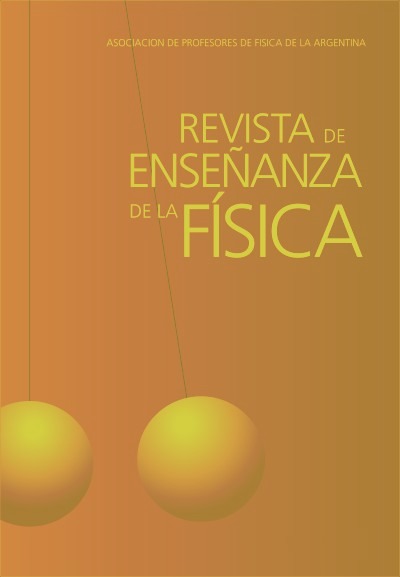Discussing the history and nature of science through the Toulmin argument pattern: contributions to physics teaching
Keywords:
Science teaching, Epistemology of science, Argumentative analysis, Kepler's first lawAbstract
The Toulmin Argument Pattern is a diagram to analyse monoloagal arguments proposed by Stephen Toulmin in his paradigmatic work The Uses of Arguments, being very useful for studies in argumentative analysis and informal logic. Its potential for science teaching has been explored in the literature. In this essay, we show how the Toulmin Argument Pattern can be used as a didactic tool to discuss topics in the history and nature of science and also to analyse discourses presented in journalistic articles, scientific dissemination texts and the like. To make our exposition clearer, we show how the Toulmin Argument Pattern captures essential elements of the structure of scientific theories and the construction of scientific knowledge, then we show how it is a useful device for inserting the history of science in the classroom from the study of Kepler's First Law.
Downloads
Published
Issue
Section
License

This work is licensed under a Creative Commons Attribution-NonCommercial-NoDerivatives 4.0 International License.
Aquellos autores/as que tengan publicaciones con esta revista, aceptan los términos siguientes:Los autores/as conservarán sus derechos de copiar y redistribuir el material, bajo los términos estipulados en la Licencia de reconocimiento, no comercial, sin obras derivadas de Creative Commons que permite a terceros compartir la obra bajo las siguientes condiciones:
- Reconocimiento — Debe reconocer adecuadamente la autoría, proporcionar un enlace a la licencia e indicar si se han realizado cambios. Puede hacerlo de cualquier manera razonable, pero no de una manera que sugiera que tiene el apoyo del licenciador o lo recibe por el uso que hace.
- NoComercial — No puede utilizar el material para una finalidad comercial.
- SinObraDerivada — Si remezcla, transforma o crea a partir del material, no puede difundir el material modificado.
- Los autores/as podrán adoptar otros acuerdos de licencia no exclusiva de distribución de la versión de la obra publicada (p. ej.: depositarla en un archivo telemático institucional o publicarla en un volumen monográfico) siempre que se indique la publicación inicial en esta revista.
- Se permite y recomienda a los autores/as difundir su obra a través de Internet (p. ej.: en archivos telemáticos institucionales o en su página web) antes y durante el proceso de envío, lo cual puede producir intercambios interesantes y aumentar las citas de la obra publicada. (Véase El efecto del acceso abierto).










